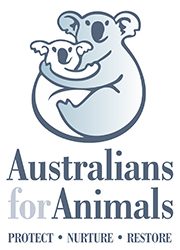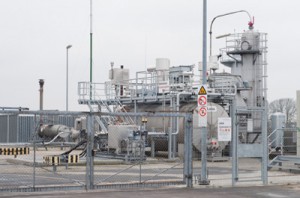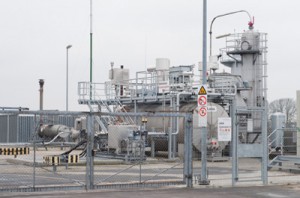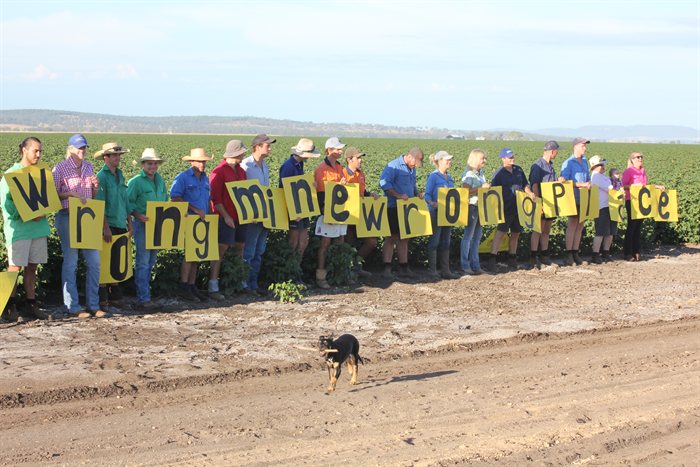Coal seam gas mining (fraccing) puts at risk the basic foundation of life – CLEAN WATER. The health of our rivers, waterways, aquifers, springs, underground wells is critical to our future survival. Without clean water, all life is threatened.
WATER IS LIFE!
GOVERNMENT IRRESPONSIBILITY
- State governments are giving out exploration licenses in the absence of any current information on water stressed catchments and aquifers nationally.
- In April, 2009, The Federal government funded a national inventory at a cost of $1.5 million. Completion is not due until June 2011.
- This project seeks to provide a national inventory of water stressed catchments and aquifers.
- The extent of overallocation of water use is unknown at a national level.
What is Coal Seam Gas?
Coal seam gas is methane gas found in coal seams. The coal seam normally acts as a water aquifer, methane gas is trapped in the coal by the water. Methane gas has no smell, it will asphyxiate and is highly explosive, which is why coal miners are fearful of it. Methane gas is a greenhouse gas more than 20 times worse than CO2.
Why is mining for CSG known as fraccing?
Fractures in the coal seam create pathways through which the methane can flow.
Up to 40 percent of the fracturing fluids remains in the formation. That means toxic fluids including acids, toluene, ethylbenzene, xylenes,hydrocarbons and carcinogens such as benzene, arsenic and lead. could seep into the surrounding soil, groundwater and into water wells.
Gas mines make lots of noise, involve lots of infrastructure, are a major health and safety hazard and will seriously devalue your property if in the same vicinity.
IMPACTS OF FRACCING. FEDERAL GOVT’S WATER GROUP
- impacts on groundwater systems and their structural integrity,
pressure and volume impacts on aquifers; - changes to the water chemistry aquifers;
- the very significant recovery times for groundwater systems to return to pre- CSG conditions once extractive operations cease,
- the volume of salts and heavy metals associated with CSG co-produced water, and the uncertainty around mechanisms for their disposal, and
- impacts on surface water hydrology from the discharge of CSG land subsidence;
- impacts on highly productive agricultural land;
- impacts on Indigenous cultural and spiritual values;
HEALTH RISKS
Available studies show that exposure to air pollutants, toxic chemicals, metals, radiation, noise and light pollution cause a range of diseases, illnesses, and health problems, including psychological and social disruption. Neighborhoods, schools, and workers in close proximity to oil and gas activities may be at increased risk for cancer, cardiovascular disease, asthma, and other disorders due to uncontrolled or high exposures.1.
1. Potential Exposure-Related Human Health Effects of
Oil and Gas Development: A Literature Review (2003-2008)
RISKS TO FARMING COMMUNITY
The New South Wales Farmers Association has
called for a moratorium on the further development
of further coal and coal seam gas development.
WHAT’S HAPPENING IN YOUR NEIGHBOURHOOD?
Check out your local area now, CSG mining is a creeping cancer across the landscape. The only way people will know about potential exploration areas is through advertisements in local newspapers.
There is NO formal notification of the landowner.
The National Water Commission recommends that:- “ project approvals should be transparent, including clear and public articulation of predicted environmental, social and economic risks”..
WHAT YOU CAN DO
If a mining company approaches you wanting to carry out exploration on your land…
JUST SAY NO!
and contact:
info@australiansforanimals.org.au
Be sure to include your Name, Email
and Phone Contact.
Learn More Here:



